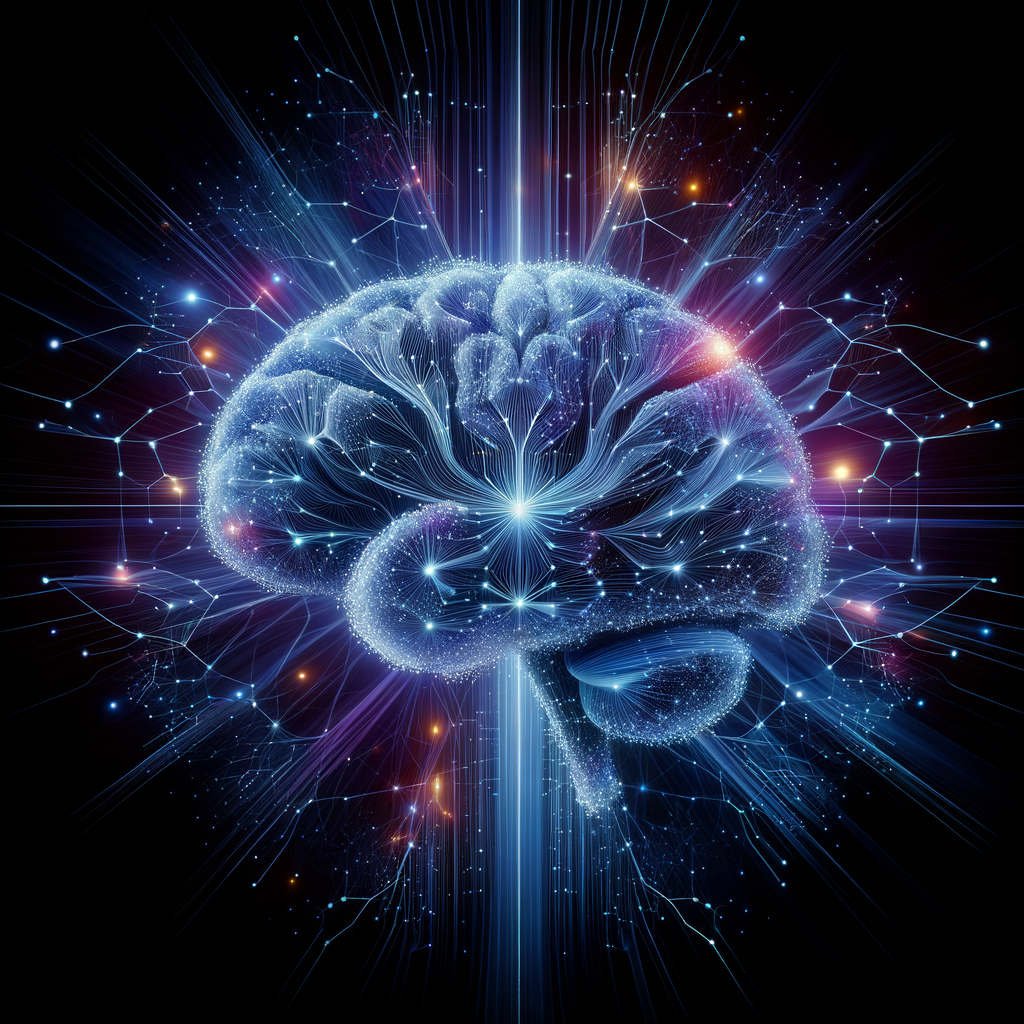Summary for DALL-E 3
DALL-E 3 presents a distinct profile: it is an exceptional instruction follower but a struggling photographer. The data reveals a model that consistently understands and incorporates complex elements from prompts but wraps them in a heavily stylized, synthetic aesthetic often described as 'plastic' or 'waxy'.
🚀 Key Findings
- Top Adherence: It rarely misses a detail. If you ask for specific elements, they will likely appear in the image.
- The 'Plastic' Problem: The model suffers significantly in realism categories due to excessive skin smoothing and artificial lighting.
- Creative Powerhouse: It excels in imaginative, non-realistic scenarios like Surreal & Creative Prompts.
- Design Utility: Strong performance in vector art and logo creation.
⚠️ Quick Verdict
Use DALL-E 3 when you need a complex concept visualized accurately or a clean graphic design asset. Avoid it when you need a believable photograph of a human or a gritty, realistic texture.
Deep Dive: Patterns and Performance
1. The 'Plastic Skin' Phenomenon
A pervasive issue across the dataset is the model's tendency to render skin with a flawless, waxy texture that destroys photorealism. In the Photorealistic People & Portraits category, multiple generations were penalized for this.
- Example: The Toddler Portrait received a low score (3/10) specifically because the skin was 'flawlessly smooth like porcelain'.
- Impact: This makes the model unsuitable for high-end photographic simulation but acceptable for stylized digital art.
2. High Fidelity Prompt Adherence
DALL-E 3 is remarkably obedient. Even in the Complex Scenes category, where prompts requested multiple interactions (e.g., Market Scene), the model successfully included all elements. While the artistic cohesion sometimes looked like a collage, the semantic understanding is top-tier.
3. Text Generation: Accurate but Rigid
The model shows strong spelling capabilities but struggles with context-appropriate rendering.
- Success: It perfectly spelled 'Happy Birthday Tim!' on the Birthday Cake.
- Failure: It often renders text as 3D plastic objects rather than natural materials (e.g., icing or neon), or hallucinates extra text in background elements, as seen in the Festival Scene.
4. Stylistic Rigidity
The model has a default 'digital art' style that is hard to break. Even when asked for specific styles like Ghibli style, it tends to revert to its own high-saturation, 3D-rendered look rather than mimicking the requested flat, hand-painted aesthetic (e.g., Kiki's Delivery Service).
Best Model Analysis by Use Case
🎨 Best Use Case: Creative & Abstract Concepts
DALL-E 3 shines when realism is not the goal. In Surreal & Creative Prompts, the model achieved its highest average scores. It handles conceptual blends beautifully.
- Star Performer: The Cloud Elephant scored a 9/10, perfectly blending the surreal concept with photorealistic cloud textures.
- Recommendation: Use for concept art, dreamscapes, and visual puns.
🖌️ Strong Use Case: Graphic Design & Logos
The model is highly effective for clean, flat design assets found in Graphic Design.
- Star Performer: The Sustainable Coffee Logo scored a 9/10, delivering a clean, usable vector-style asset with correct text.
- Recommendation: Excellent for brainstorming logos, icons, and vector illustrations.
⚠️ Avoid: Photorealistic Human Portraits
The model struggles significantly here. The Photorealistic People & Portraits category saw an average score of only 5.2, well below the model's average.
- Failure Mode: The Young Man with Heterochromia scored a 5/10 due to 'plastic skin' and an 'unnatural glow'.
- Recommendation: Avoid for tasks requiring indistinguishable-from-reality human photos.
📜 Specific Limitations: Style Mimicry
In the Ghibli style category, the model frequently failed to capture the specific 2D/watercolor aesthetic, often delivering a 3D/CGI look instead.
- Insight: While it captures the subjects of a style (witches, castles), it struggles to capture the medium (brushstrokes, cel-shading).
